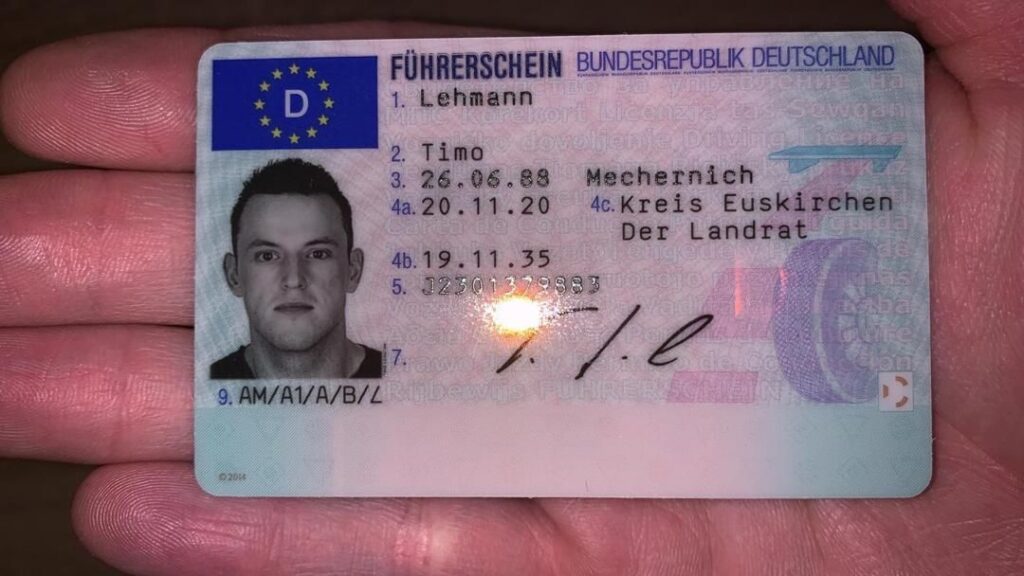Understanding Road Traffic Regulations: A Comprehensive Guide
Roadway traffic regulations are necessary for guaranteeing the security of vehicle drivers, pedestrians, and other roadway users. These laws govern the operation of vehicles, the habits of motorists and pedestrians, and facilitate smooth traffic circulation. This short article delves into the various aspects of road traffic guidelines, their value, and some common guidelines and policies that every road user ought to be familiar with.
The Importance of Road Traffic Regulations
Roadway traffic policies serve a number of essential purposes:
- Safety: They are mainly developed to safeguard the lives of people on the roadway, lowering accidents and injuries.
- Organized Traffic Flow: By developing clear guidelines, these guidelines assist in managing the circulation of vehicles and minimizing blockage.
- Security of Pedestrian Rights: They ensure that pedestrian crossings and rights-of-way are appreciated, promoting much safer travel on foot.
- Environmental Considerations: Certain policies aim to decrease ecological impact, motivating eco-friendly driving practices.
- Legal Framework: They supply legal responsibility for drivers and pedestrians, delineating charges for violations.
Crucial Element of Road Traffic Regulations
Comprehending roadway traffic guidelines is important for compliance and safety. Below are a few of the essential elements:
| Element | Description |
|---|---|
| Traffic Signs | Different indications that offer information and guidelines to drivers. |
| Traffic Signals | Lights that control the circulation of traffic at crossways. |
| Speed Limits | Maximum and minimum speed limitations set for various road types. |
| Access Rules | Guidelines on which road users should go initially at intersections. |
| Seat Belt Regulations | Laws mandating the wearing of seat belts for chauffeur and travelers. |
| Driving Under the Influence | Rigorous charges for running a vehicle while impaired by alcohol or drugs. |
| Vehicle Registration and Licensing | Requirements for vehicles to be signed up and drivers to have valid licenses. |
Typical Traffic Regulations
Although traffic guidelines can differ from one nation to another, some typical rules are usually observed worldwide:
1. Speed Limits
The majority of jurisdictions implement speed limitations based on road type and area, such as:
- Residential locations: 25-35 mph
- Urban areas: 30-50 miles per hour
- Highways and freeways: 55-70 mph
2. Drinking and Driving
Driving under the impact of alcohol or drugs is unlawful in most locations. Typical blood alcohol concentration (BAC) limits are:
- 0.08% for basic motorists
- 0.00% for novice or commercial motorists
3. Seat Belt Usage
Safety belt should be used by all residents in a vehicle. Angst Vor Praktischer Fahrprüfung to comply can lead to fines.
4. Pedestrian Crossings
Drivers must yield to pedestrians at marked crosswalks and adhere to signals directing pedestrian movement.
5. Mobile Phone Use
Using handheld gadgets while driving is forbidden in many areas to lessen diversions.
FAQ Section
Q1: What should I do if I witness a traffic offense?
If you observe a traffic offense, you need to collect as much details as possible (vehicle description, license plate number, area, and time) and report it to regional law enforcement.
Q2: How can I stay upgraded on changes in traffic guidelines?
Traffic laws can alter regularly. Updates are generally released by local government websites. It is a good idea to follow local news or traffic police' statements for any changes.
Q3: Are there particular traffic regulations for industrial chauffeurs?
Yes, commercial drivers often face more stringent guidelines, such as driving hour constraints, vehicle evaluations, and special licensing requirements.
Q4: What happens if I break traffic guidelines?
Penalties for breaking traffic laws can consist of fines, points on your license, and in extreme cases, jail time. Repeated infractions might result in the suspension of driving opportunities.
Q5: How do traffic policies affect public transport?
Traffic policies are important for public transportation systems to function effectively. They help in establishing bus lanes, managing taxi services, and making sure that public transportation vehicles follow safety requirements.
Road traffic regulations play a critical role in maintaining the security and order of roadways globally. Understanding these laws is not just a legal commitment however a moral one that promotes the wellness of all roadway users. Constantly upgrading oneself about traffic policies and adhering to them can significantly lower the risks connected with road travel. As neighborhoods develop and technologies enhance, these regulations may likewise adjust, requiring continuous learning for motorists, bicyclists, and pedestrians alike.
By keeping informed and remaining compliant with roadway traffic policies, individuals contribute favorably to the shared responsibility of roadway safety, ultimately lowering mishaps and saving lives.

